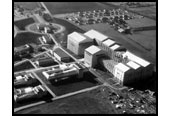 |
April 18, 1940Ames Aeronautical Laboratory in Moffett
Field, California (later renamed NASA Ames Research Center),
was formed.
|
 |
|
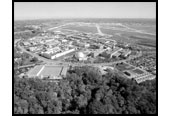 |
January 23, 1941NACA Aircraft Engine Laboratory in
Cleveland, Ohio, later named Lewis Research Center, currently
NASA Glenn Research Center, was founded.
|
 |
|
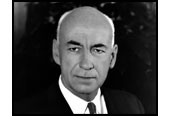 |
1941Report NACA R755, Requirements for Satisfactory
Flying Qualities of an Airplane, by R.R. Gilruth, was published.
This document defined a set of requirements for the handling
characteristics of an aircraft. Up until this point, no set
of guidelines for pilots and aircraft designers existed.
|
 |
|
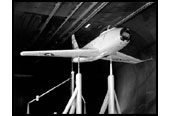 |
1944Ames 40x80 full-scale wind tunnel became operational.
It allowed whole aircraft to be wind-tunnel-tested, as compared
to models at low flight speeds, and expanded testing capabilities
to larger and faster aircraft.
|
 |
|
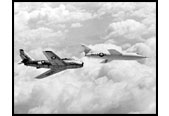 |
1945Robert T. Jones developed in the U.S. the Swept
Wing Concept, in which he identified the importance of swept-back
wings in efficiently achieving and maintaining high-speed
flight.
|
 |
|
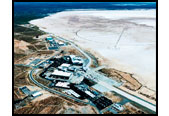 |
September 1946NACA Langley sent personnel to Muroc
Army Airfield, in the Mohave Desert of California, to support
flight research, forming the basis for what was to become
NASA Dryden Flight Research Center.
|
 |
|
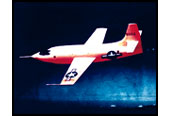 |
1947X-1 was the first piloted supersonic aircraft
to break the sound barrier. Chuck Yeager flew the air-launched,
rocket-powered first X series experimental aircraft faster
than the speed of sound, ushering in the era of supersonic
flight.
|
 |
|
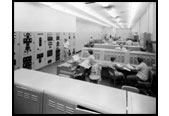 |
1949National Unitary Wind Tunnel Act of 1949 enabled
NACA to erect supersonic tunnels at each of its three research
centers, with priority utilization reserved for industry testing.
The new facilities proved their worth almost immediately with
the discovery of the Area Rule.
|
|
|
back to the top
|



















